
The history of pho represents the variegated and complex history of Vietnam. Many people believe that pho is a relatively modern dish, created sometime in the first two decades of the 20th century in Vietnam. Many believe it was a response, or regional adaptation, of the rich stocks and consommés of traditional French cooking. In the years since the First World War, Vietnamese immigration and migration have ensured that even here in Iowa, one can get great pho- as Pho Ha Dao in Des Moines proved to me.
It really isn’t much of a surprise that pho resonates here in the Midwest. On an elemental level, Midwesterners, and all humans, dearly love something warm and meaty in their tummy on a cold winter day. Goodness knows Iowa is certainly chilly, and pho is undoubtedly warm and meaty. So last Saturday, I headed into a place I didn’t think I would ever find: the “Asia town” of Des Moines.
It was primarily Vietnamese and Thai, with a little Chinese. I got the feeling that there was definitely enough of a Southeastern Asian population to support the 3 or 4 shops around pho ha dao, but not necessarily more than that.
I started my visit by ducking into one of my favorite types of shops: an Asian supermarket called the Double Dragon, right next to Pho Ha Dao. I was not disappointed: the Double Dragon had an incredible butcher counter, fresh noodles, jin dui and banh mi beside the cash register, and all the “asiany” foodstuffs that I just adore, and never thought I would be able to find in Des Moines.
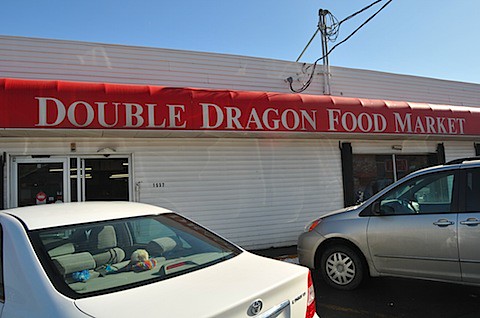
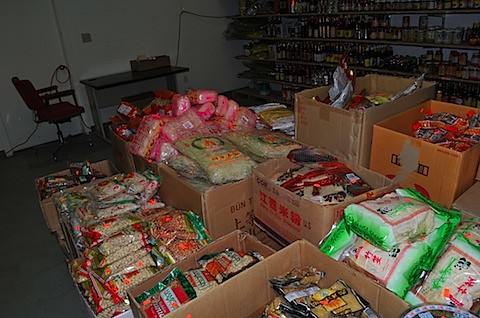
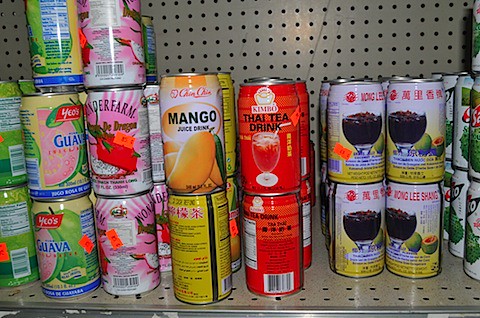

After my visit there, I headed over to meet Jim Duncan for lunch. We started off with two appetizers: some spring rolls (pork) and some fried pork rolls. Both were delicious. Vietnamese spring rolls are quite different from the Chinese variety. They are usually filled with a variety of greens, some light rice noodles, and cold pork, all wrapped in an translucent and cold rice paper wrapped- they are never fried, and are usually cool and uncooked. PHD’s were no exception- the greens were crunchy and the pork was flavorful. They are usually served with a chili and peanut dipping sauce that one ladles into the roll. The fried pork rolls- slim and golden brown- were also great.
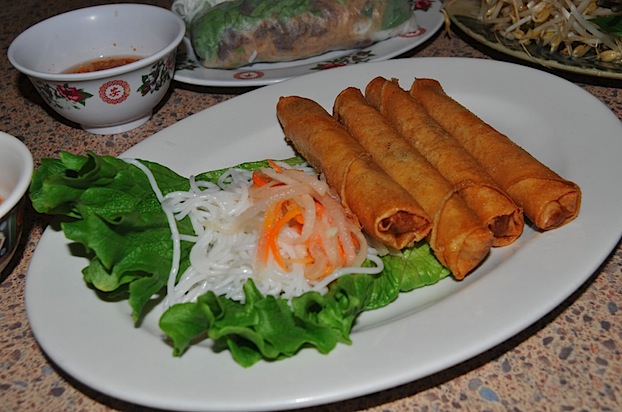
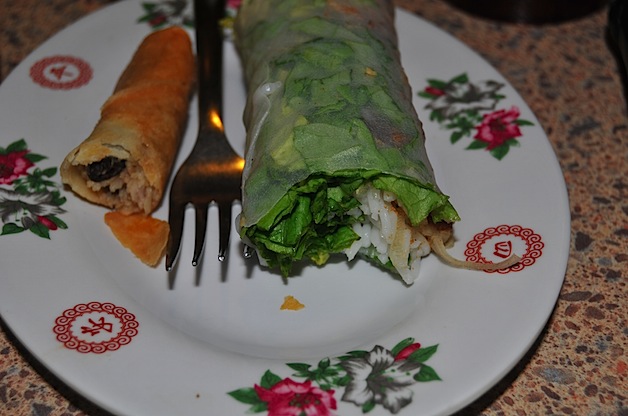
I was giddy with excitement when the waitress put the platter of sprouts, basil and lime on the table- traditional accoutrements to a big bowl of Pho. I had elected for a basic beef and meatball pho, although Jim had gotten his beef served raw, which he then added himself to insure it would be rare enough.
Boiling beef bones a lot- up to 14 hours in the best cases- to get a really rich, delicious stock first starts Pho. This stock is the foundation of a good bowl of pho- without it, everything else falls flat on its face. The chef then ladles in the ingredients to a bowl- thin vermicelli rice noodles, beef and meatballs in my case- into a bowl, and then pours the piping hot broth over the mixture to cook everything. When the pho hits the table, one adds in basil, chili and lime according to ones taste. I also add sprouts just before eating so that they don’t wilt too much in the steaming broth. Then, you swirl it all around with your chopsticks and take a big, delicious bite.
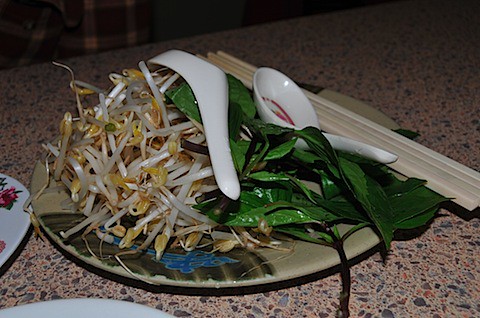
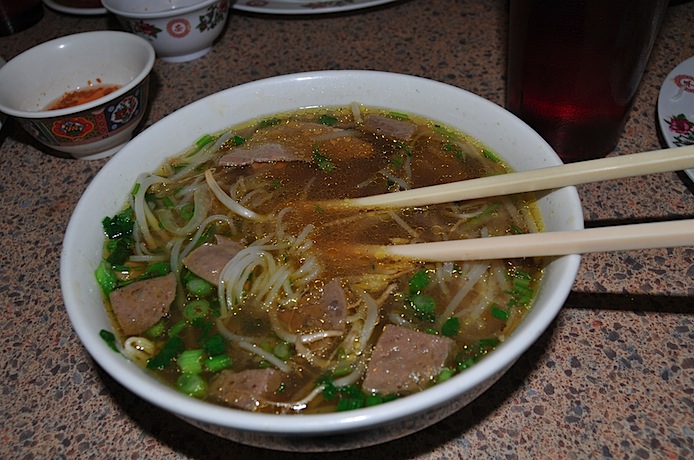
My first bite at PHD’s did not disappoint- it was some of the best pho I have had. A thin, glistening layer of fat and a beautiful deep color to the broth told me I was in for an experience. Next time though, I will follow Jim’s lead- some nice rare beef would have been just perfect. I give Pho Ha Dao two thumbs way up!
1 comment:
Umm.. not to nitpick luv but the noodles are thin rice noodles. Vermicelli is much thinner kind of like the difference between spaghetti noodles and angel hair pasta. The Vietnamese use vermicelli (or bun as they call it) in a non soupy dish like bun thit nuong (one of my favorites).
Post a Comment